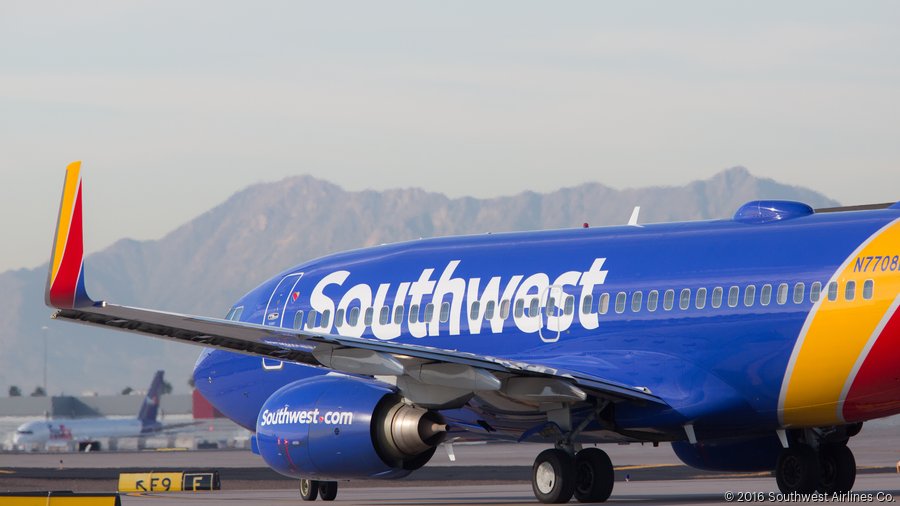Southwest Airlines is moving into passenger movement observation mode.
In a memo to tens of thousands of rank-and-file Southwest employees, Mike Sims, Southwest’s senior director of base operations, advised Southwest employees that passenger movement during the boarding and deplaning process is something the carrier “would like to further explore.” The Chicago Business Journal obtained a copy of the memo.
Why this exploration at this point in time?
Sims tied the observation project to an increase in Southwest's aircraft turn times, which now average 42 minutes. The turn time is the amount of time that elapses between a plane’s arrival at the gate and the closing of the plane door and push back for the next flight.
During a much earlier era, Southwest was famous for turning planes in around 25 minutes. But times have changed. Southwest is flying infinitely more flights on larger planes with more seats that are often filled to capacity.
Still, Sims and Southwest management appear to suspect that the boarding and deplaning process may be a factor in what’s extending turn times at the low-fare behemoth.
Noted Sims in the memo: “The goal of this study is to identify areas we can gain efficiencies when passenger board and deplane our aircraft.”
The passenger movement observation project, Sims said, will play out during the latter part of October at Denver International Airport, where Southwest has built up a significant presence in recent years to compete with United Airlines (NASDAQ: UAL), which has Denver as a hub. Altogether Southwest will observe between 300 and 400 flights at Denver International Airport (DEN), the memo said.
Sims said a group of Southwest flight attendants have been tapped to assist in the project “since they are best equipped to understand the cabin, how our passengers move while onboard the aircraft and understand flight attendants’ point of view and challenges.”
Sims added that the FAs involved in the passenger movement project will be collecting information only on passenger movement. No data will be collected on crews working any flights at DIA.
Some veteran Southwest flight attendants are skeptical the passenger movement observation project will yield significant changes. One Southwest source referred to the project as a “group of drones standing around collecting useless data that will be sent to higher level drones to manipulate and use for career elevation.”
Another source suggested that the best way for Southwest to speed up boarding and deplaning would be to skip the observation project and start assigning seats — something never before done at Southwest. However some sources said such a move would be too outside the box for Southwest management.
Asked about the possibility of moving to seat assignments, a Southwest spokesman on Friday said “our reservation system has the functionality to assign seats, but it is not something being considered at this time.”
Ironically, the observation project comes as Southwest Airlines (NYSE: LUV) is recording some of the best on-time-arrival numbers in the carrier's history. But management apparently thinks there is room for further improvement.
